Completed in 2012, Officers Field delivers 77 sustainable homes at Osprey Quays on the Portland Peninsula in Dorset. The site offers vibrant residential development, integrating new homes into existing townscapes. Officers Field was leased to the 2012 Olympic Games to accommodate the Olympic and Paralympic Sailing Village until September 2012.

Officers Field
Officers Field served as the Olympic and Paralymic sailing village for the 2012 Olympic Games. Homes are designed and built in local materials, responding to the typography of a site close to the distinctive Chesil Beach.
One Place, Many Stories
Architecture

How does the design respond to the dramatic coastal typography of the site?
The dramatic topography and awkward shape of the site and the varied adjoining uses posed a number of significant physical challenges. Our designs responded by exploiting these constraints to create a great new place that reflects the best characteristics of England’s much loved historic coastal towns.
With such constraints, we conceptualised the design response in 3D from the very outset. Achieving a logical relationship between the differing areas of the site on the vertical as well as horizontal axis was fundamental in the success of the scheme. Through this process, the proposal was developed for a winding flight of Portland stone steps cut into the landscape from the top to the bottom level of the site. This feature takes advantage of the site’s aspect and provide dramatic views across the peninsula to Chesil Beach, as well as an arterial link from the surrounding area through the development.


Innovative sustainable technologies are included throughout the development. Two mini CHP units serve the scheme, and the majority of homes have individual rainwater harvesting tanks and biomass boilers.
The large change in levels across parts of the site have been used to develop attractive, split level homes that make the very best of the sea views over Portland Harbour and the English Channel.

Innovative housetypes
Officers Field demonstrates how innovation in design can deliver successful medium density contemporary housing that is attractive and respectful of its context while also having low energy demand met from renewable sources. The integrated mix of tenures and the high quality of the public spaces has helped to integrate the new housing in the established community and a great place to live.


The dwellings range from smaller terraced homes to large detached family houses, to form a varied character across the site, further varying the character of the new spaces. These homes are of a contemporary design, but made of recognisable forms with pitched roofs and traditional materials, including the local Portland Stone. The dramatic views across the peninsula and beyond to Chesil Beach are exploited with the design of 4 storey homes at the upper section of the site, and on the lower slopes homes and gardens are arranged to overlook the existing sports pitch and adjacent cemetery. The dwelling designs ensure that site excavations are minimised, with costly retaining walls incorporated within new dwellings and parking structures wherever possible.
HTA’s flexible layouts allowed for changes and adaptions for residents, the houses emulates the character while providing for today’s spatial needs, the whole unified by a considered public realm design by HTA Landscape organised around a village green and key pedestrian route identified through detailed community consultation.



Delivering quality housing in difficult market conditions
Officers Field has been a challenging project to deliver in very difficult market conditions. A traditionally low value area, Portland commands prices some 10% lower that the adjacent town of Weymouth which is, in itself, not a particularly high value coastal town.
Sales values apart, other challenges have included complex levels that had to be tackled with substantial retaining walls and, as the site is all made up ground, all the homes have had to be deep piled. Many of the piles are to a depth in excess of 8 metres.
ZeroC had to be highly innovative in order to achieve relatively low build costs, a consequence of the Portland sales values, yet deliver homes that stand out from the crowd and represent exceptional value for money. All the homes on the site are unusually spacious. For example, ZeroC has delivered 3 bedroom homes that would invariably be sold as 4 bedroom homes if they were in the hands of a national house builder.
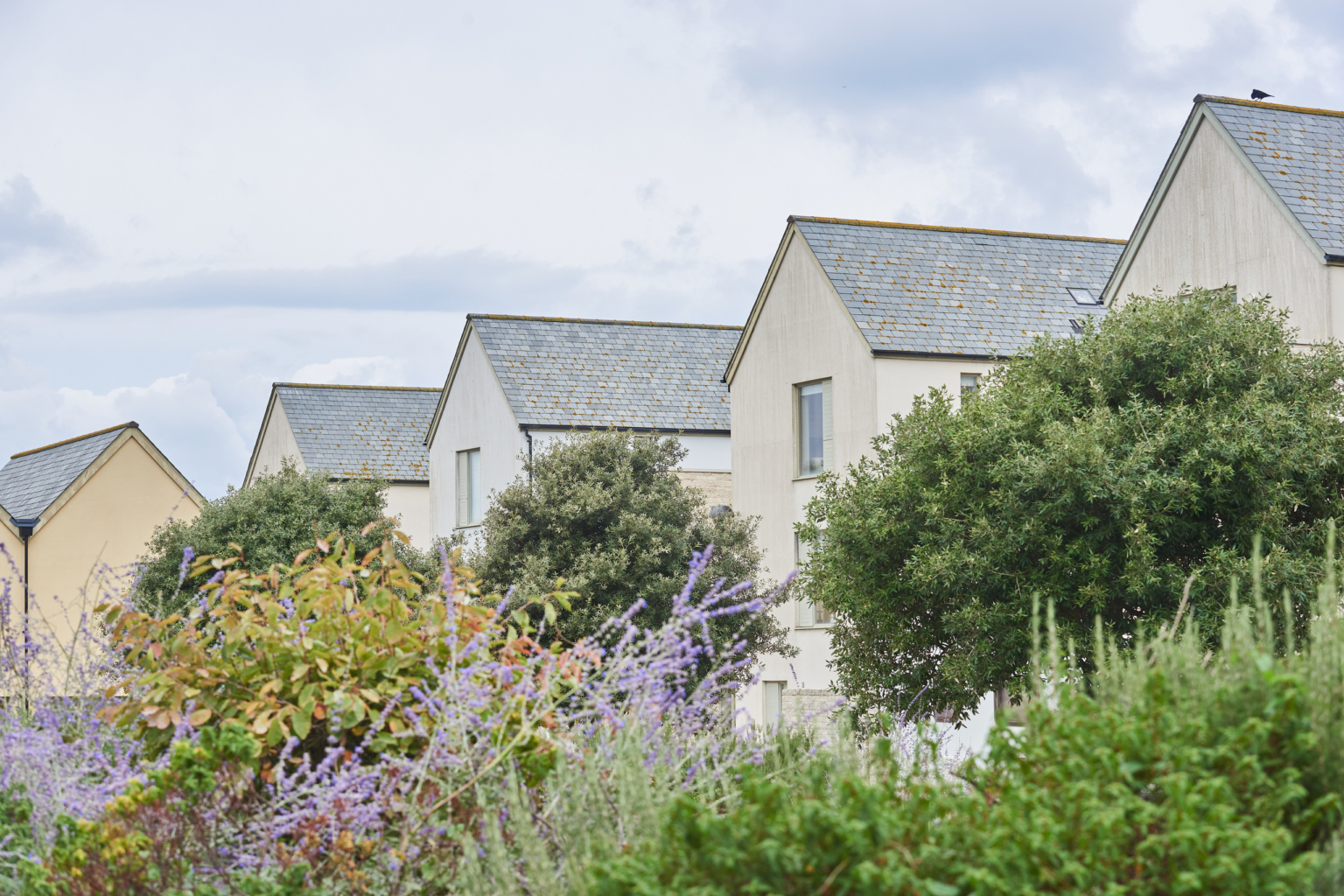

Natural Portland stone, purchased in bulk at the very bottom of the housing market, has been extensively used on elevations and within the public realm. The large change in levels across parts of the site have also been used to develop attractive and arguably ‘quirky’ split level homes that make the very best of the sea views over Portland Harbour and the English Channel.
Benefits to the local community include the delivery of a brand new state of the art skate park, the upgrading of the local leisure centre, and improvements to the local public gardens.

Officers’ Field is significant because it demonstrates that good design can add value even in difficult market conditions. The project delivers sustainability effortlessly without fuss with all homes easily achieving Code level 4. Homes are fed by biomass heating systems which reduce carbon emissions by over 50%.
Landscape Design

How does the public realm bring residents together?
At the heart of the development is a new tree-lined public square which has been designed with a mixture of lawns, raised planters and hard landscape to be a flexible amenity for the residents. The public amenity provided by the development extends beyond the new square to the playing field as well as a new skate park off site, upgrade to the local leisure centre, and improvements to Victory Gardens which sit opposite the main site entrance.




The community further benefits from its proximity to the dramatic Chesil Beach and the wider regeneration of Osprey Quay. Residents have who told us that the green outdoor spaces are cherished places where people are brought together to socialise, especially during lockdown. HTA revisited the scheme 10 years later and found that residents had formed strong connections through the use of the public square; it is fantastic to see that the original design intentions of the green village layout are being realised.
Sustainability & Building Physics

How were ZeroC’s sustainability aspirations met?
ZeroC was a committed sustainable developer and these credentials have been assiduously applied to Officers Field. All the homes have been delivered to Code 4 of the Code for Sustainable Homes. The houses have been built using a highly insulated advance timber frame system and all the timber used in the construction has, without exception, come from sustainable forests.
Fifty nine of the homes are being heated, and have their hot water supplied, through three district biomass heating systems running on sustainably sourced wood pellet.


Each of the three plants is based around a Woodpecker Thermon boiler and is located within the ground floor of one of the coach house garages. The sourcing of heat/hot water from biomass reduces the carbon emissions of the development by well over 50%. The remaining 18 homes are having their heat/hot water supplied using individual wood pellet boilers.
All the private houses are fitted with rainwater harvesting systems. These systems collect rainwater from the roofs of the houses and use it to flush the WC’s, run the outside tap and run the washing machine. This reduces the use of mains supplied water by over half and dramatically reduces water/sewage bills.


Planning

Planning history
Reflecting changes in procurement, the unusual site at Officers Field with its rich local context was made available through a central Government initiative for regional development agencies, in this case SWRDA, disposing of land in Government ownership. On Portland near Weymouth in Dorset the former Royal Navy Air Station RNAS Osprey received Outline consent in 2002 to become the site for industrial, education and residential uses.
After admiring the design of houses at Upton Site C innovative developer Zero C approached HTA to develop the design for the 2008 competition for the residential element. HTA’s winning design prioritised sustainable living through a fabric-first approach and a mix of home sizes and tenures with public open space to help the development become part of the wider community on Portland. With a supportive Case Officer keen to see the design optimised for its setting HTA and Zero C secured Planning consent in 2009.


How did the development manage to accommodate the 2012 Olympic Games athletes?
Due to the success of the scheme, the London Organising Committee of the Olympic and Paralympic Games (LOCOG) selected the completed units to be the Athletes’ Village during both the Olympic and Paralympic Games.
Many homes were purchased before completion therefore the internal arrangements were temporarily altered to enable the homes to accommodate about 400 athletes and team officials


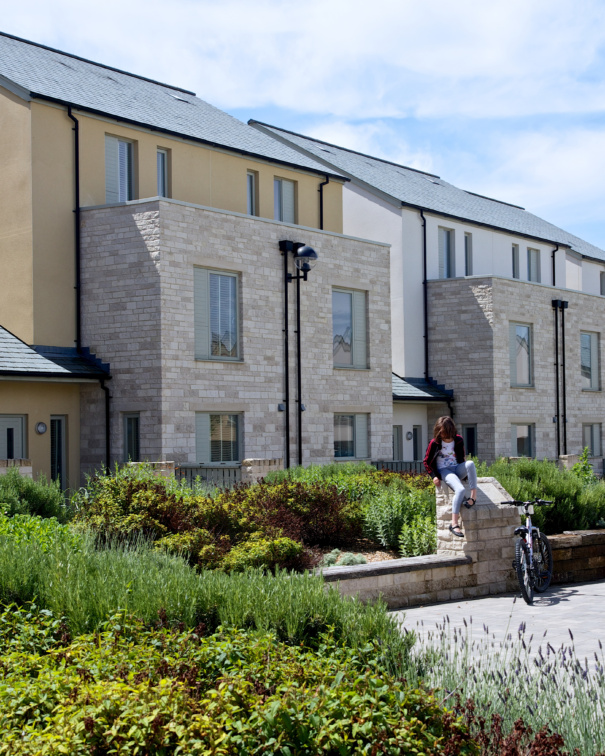
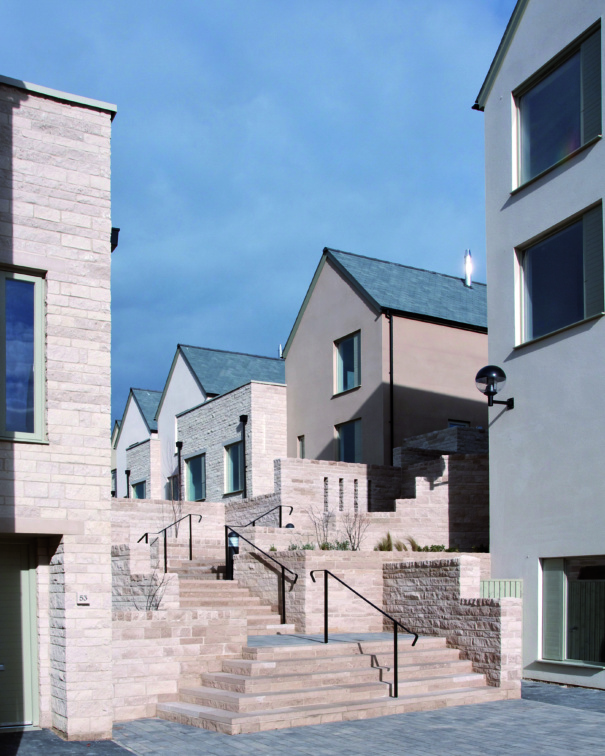
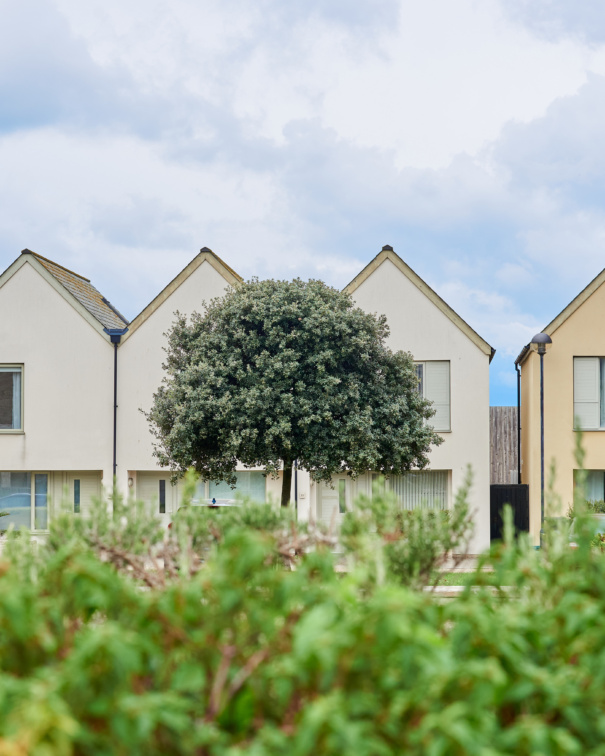
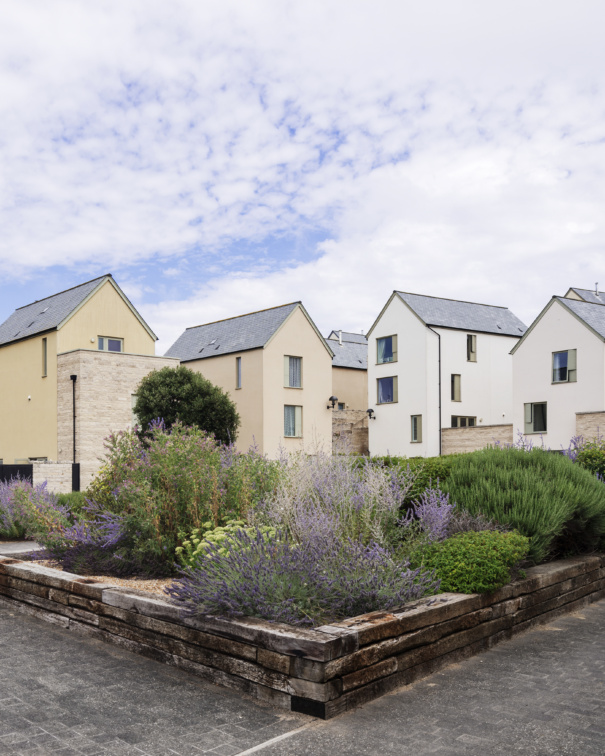
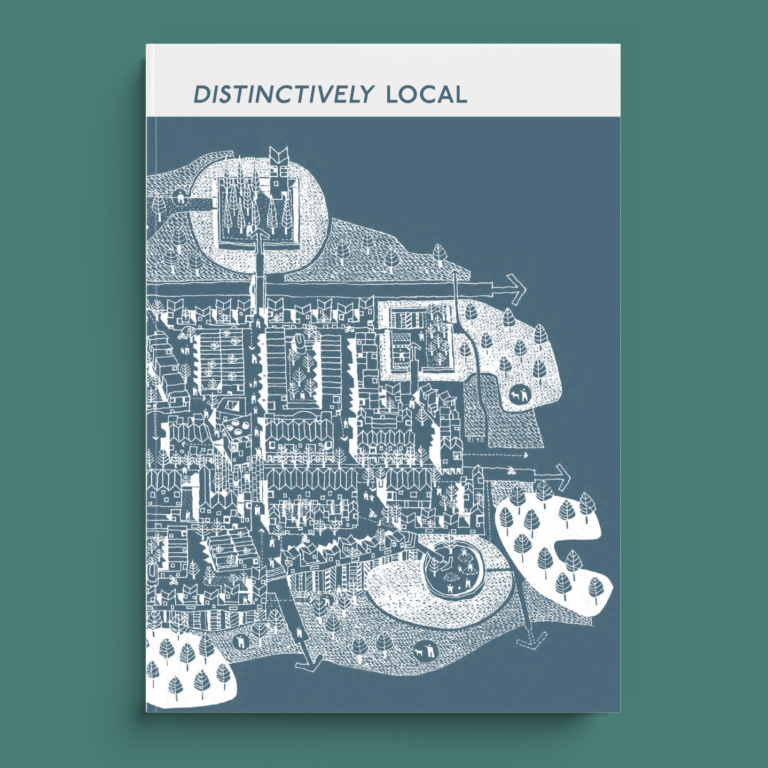
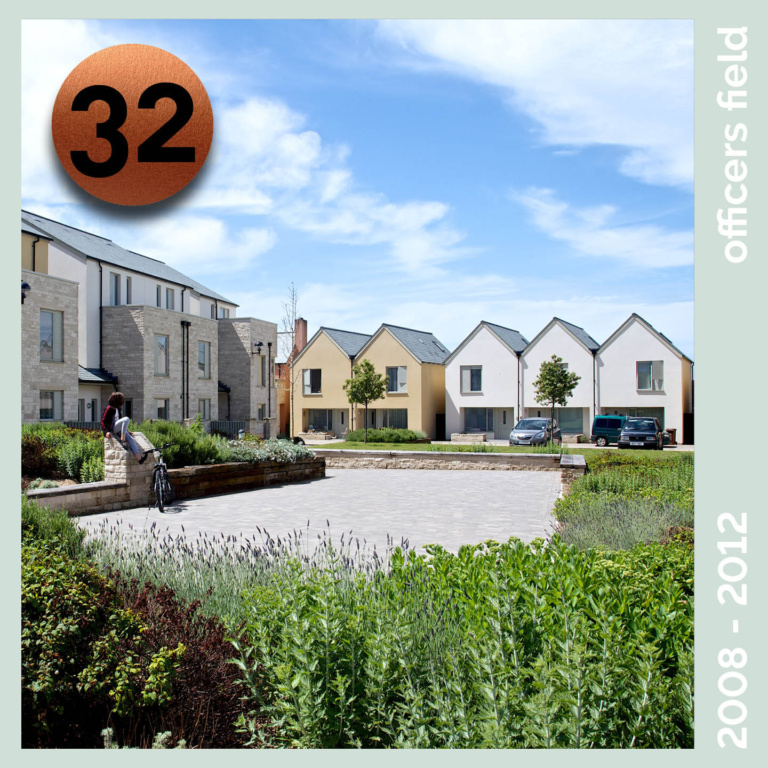
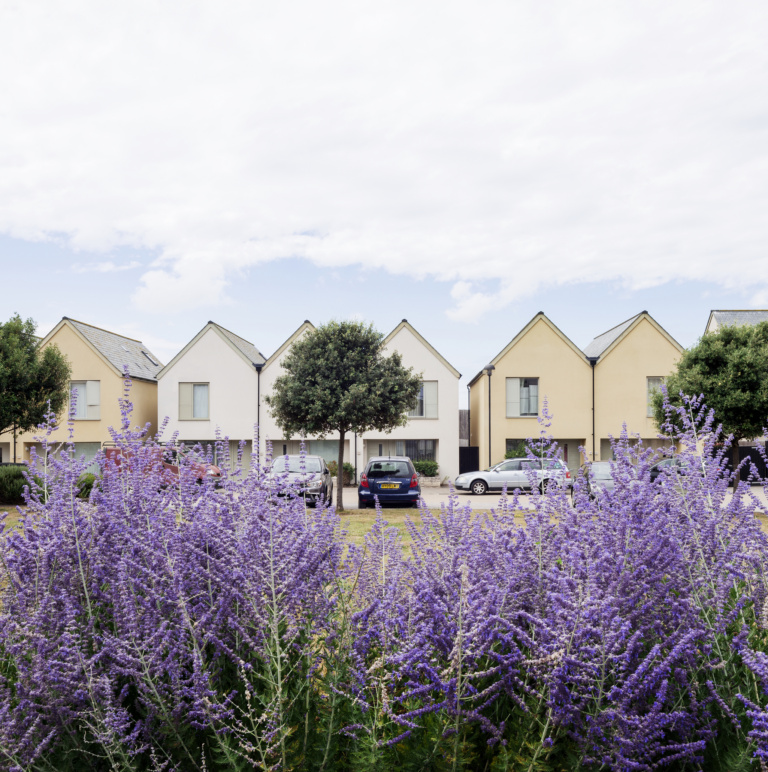
Liz and Tom Stewart
Officers Field